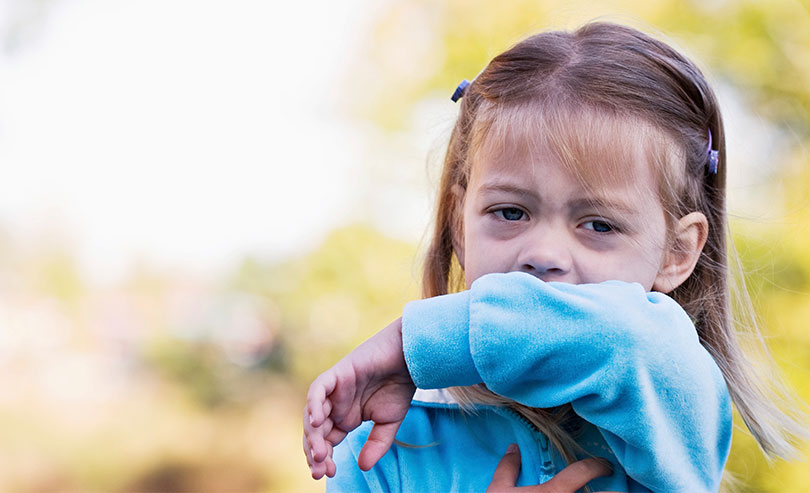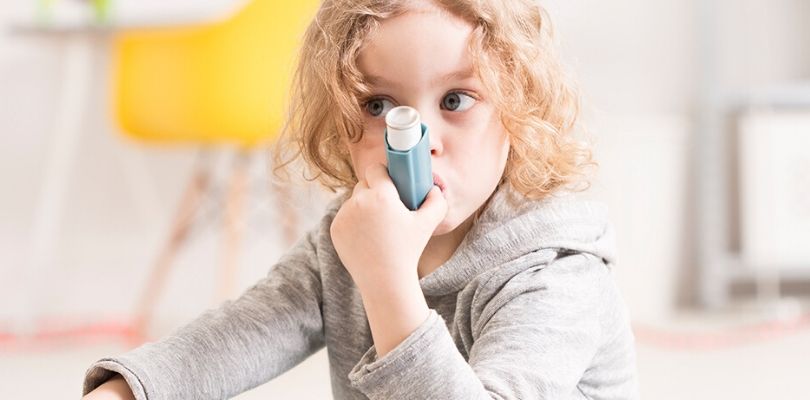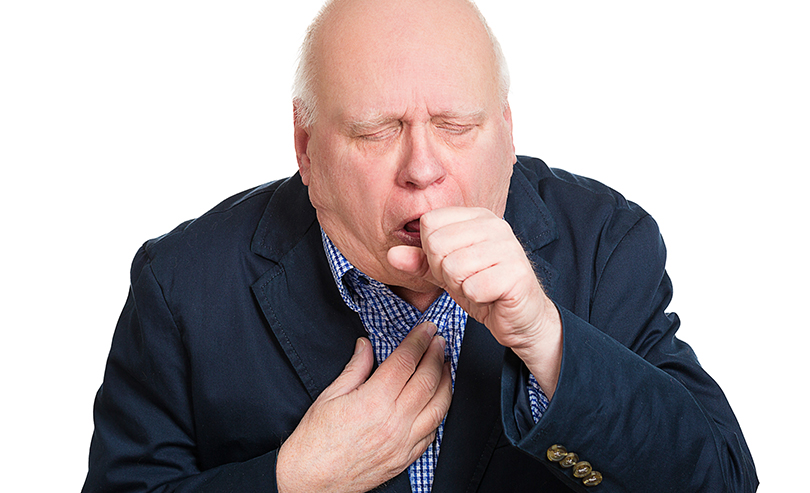Photo Credit: StephanieFrey / iStockPhoto.com
Symptoms of Asthma
The signs and symptoms of asthma are similar to other illnesses, making it possible for the condition to go unnoticed in a child for some time.
It’s important to consult with your child’s health care provider if you suspect he or she may have asthma. Many effective treatments are available to help prevent and relieve symptoms. Early treatment prevents complications that could impact your child’s health for the rest of his or her life so don’t waste time!
Asthma Risk Factors
Having a genetic predisposition to asthma is the strongest predictor of who develops it. Here are some other factors that play a role.
- Secondhand smoke: Exposure to secondhand smoke increases a child’s risk of being asthmatic. Studies indicate that asthmatic children who live in homes where smoking occurs are more likely to suffer from wheezing and lung complications, and miss more school due to respiratory illnesses.
- Smoking while pregnant: Babies and children whose mothers smoke while pregnant are five times more likely to develop asthma than those born to non-smoking mothers.
- Exposure to germs: Children who are exposed to other children and receive antibiotics rarely are less likely to develop asthma than children who receive antibiotics frequently and have limited exposure to other children.
- Stress: Chronic stress increases the likelihood of a child suffering from asthma. Studies indicate that an increase in asthma symptoms may develop within two to four weeks after a stressful event occurs.
- Allergies and sensitivities: Many children who have asthma have multiple chemical and environmental sensitivities. They may show signs of hay fever. Some children develop asthma symptoms when exposed to cats, dust mites, cockroaches pollen and fungi. Smoke, environmental pollutants, and strong smells also often precipitate symptoms. Sulfites, which are used to preserve foods, can trigger serious asthma attacks in sensitive individuals.
- Viruses: Viral illnesses can precipitate the development of asthma. Flare-ups of symptoms are often related to viral illnesses.
Signs and Symptoms of Asthma
Asthma symptoms may be persistent, or they may come and go. Some children only experience asthma symptoms when exposed to specific substances, such as aspirin, while other have symptoms only when they are engaged in vigorous physical activity. The latter is known as exercise induced asthma.
Some children outgrow asthma symptoms, but for many they continue into adulthood. Around 10% of children have asthma, compared to 8% of adults.
Some of the common signs and symptoms of asthma in children include:
- Recurrent episodes of wheezing
- Shortness of breath
- Chest tightness
- A persistent cough that’s often worse at night or in the morning
A frequent runny nose, sinus congestion or sinus infection may also be indicators of asthma. Some asthmatic children have sensitive skin, prone to dermatitis and eczema. Their skin may be itchy, irritated and red, and weeping lesions may arise.
Symptoms may be worse during thunderstorms or when the weather is windy. Changes in temperature and humidity may provoke asthma attacks. Suspect asthma if symptoms develop seasonally or after exposure to specific substances.
Children who are younger than six years of age who have episodes of wheezing more than once a month may have asthma. A cough that occurs when the child is physically active and nighttime coughing are signs of asthma in young children, too.
How Asthma is Diagnosed
Your child’s health care provider will take a detailed medical history and do a physical examination. This may reveal swelling of the mucus membranes of your child’s nose and sinuses, or polyps may be found in your child’s nose — both of these indicate asthma.
The good news is, with so many asthma medication options at your fingertips, there’s a very good chance you’ll find a combination that works well for you.
Your child’s health care provider will also evaluate his/her lungs using stethoscope and gentle palpation. They will listen and observe for signs of airway obstruction, which may be widespread throughout your child’s air passages if they have asthma. Obstruction of air passages varies in degree and location, and it may correct itself or need treatment. However, keep in mind that when asthma is not flaring up, your child’s lungs may sound normal.
The most common sign of asthma is wheezing when your child exhales. Your child may take longer to exhale than normal. You may hear wheezing when your child breathes, or it may be only audible to a health care provider when evaluating your child’s lungs with a stethoscope.
The health care professional will also observe your child’s chest movements, as increased use of the chest muscles to breathe and an abnormally expanded ribcage are also signs of asthma.
Internal changes to the respiratory tract occur in some children. Signs of inflammation are present when asthma flares up.
Your child may undergo spirometric testing. This test is used to measure the volume and pressure within the lungs and airways. A chest x-ray may be done in order to rule out other respiratory illnesses.
Exercise tests may be useful as well. Pulse oximetry is used to monitor oxygen saturation levels in the blood. Blood tests may be ordered to rule out infections and assess the child’s overall level of health, and allergy testing may be requested.
Moderate or Severe Asthma Symptoms
If your child is having moderate to severe difficulty breathing, call 911 immediately and get your child to an emergency room. A severe asthma attack is a medical emergency. An untreated severe asthma attack may lead to respiratory failure and even cardiac arrest and death.
If your child has a diagnosis of asthma, ask your health care provider for specific instructions regarding the use of rescue medications, should an asthma attack arise.
Signs of a moderate to severe asthma attack or flare-up in symptoms include the following. Some of these signs and symptoms may be obvious, but others need professional evaluation for identification.
- Your child may feel or look short of breath while sitting or lying still. He or she may breathe better when sitting up.
- S(he) may be unable to speak in full sentences.
- Irritability, restlessness, and agitation may be present. Without proper treatment, restlessness may turn to drowsiness or confusion. In severe cases, loss of consciousness may occur.
- When you look at your child’s chest you may notice that (s)he is using her/his chest muscles excessively in order to breathe. His/her breast bone may be moving in and out excessively with each breath. The collarbones may stand out when your child breathes.
- His/her abdomen may expand and contract abnormally.
- Wheezing may be severe. Your child may breathe very rapidly.
- Your child’s pulse may be very rapid. If the attack goes untreated, it may become very slow. A very slow pulse is a sign of impending respiratory failure.
- A sign of severe distress is a dusky blue or gray skin tone. This is often most apparent around the mouth.
Recognizing Asthma: The Bottom Line
Asthma can be a mild or serious disease. A professional diagnosis and treatment are essential. As a parent, you can ensure that asthma impacts your child minimally by recognizing symptoms, administering prescribed medications and treatments and taking steps to prevent your child from contacting other respiratory illnesses which exacerbate symptoms.
Take environmental steps to limit your child’s exposure to known irritants. Serve healthy meals, and do not smoke.
No one knows your child as well as you do. By paying attention to subtle symptoms, you will be able to take steps to reduce the frequency and intensity of your child’s asthma attacks. Your excellent care ensures that your child will have the best possible health now and for the rest of his or her life.







